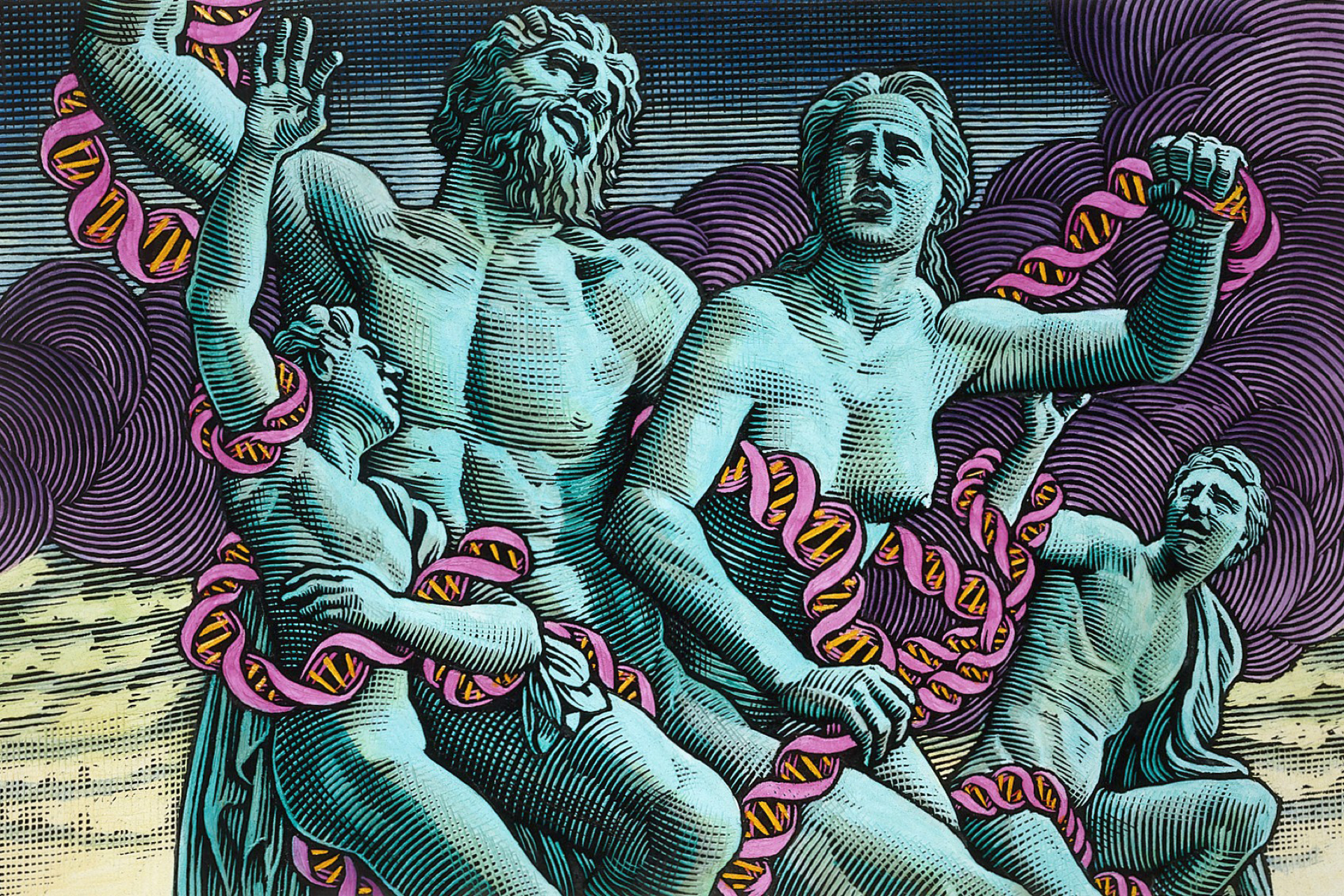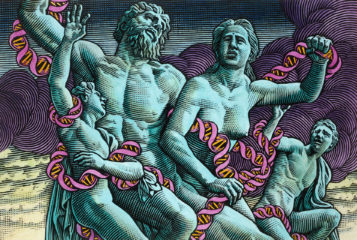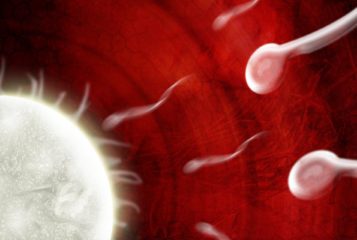UK researchers are seeking permission to use rabbit eggs to create human stem cell for studying motor neurone disease. Professor Chris Shaw, of the Institute of Psychiatry in London, and Professor Ian Wilmut, who led the Edinburgh University team that created Dolly the sheep, are discussing their planned experiments with the Human Fertilisation and Embryology Authority (HFEA). Although the scientists will need a licence to carry out the research, it falls within a 'grey area' of legislation, according to Professor Alison Murdoch, who leads the stem cell team based at Newcastle University.
Shaw and Wilmut already have a licence to create human embryos using nuclear transfer, or 'cloning' technology. They want to develop embryonic stem cell (EScell) lines genetically matched to patients with motor neurone disease (MND), in order to understand how the condition develops. However, the work has been delayed because of a shortage of human eggs, so the scientists now hope to use rabbit eggs to overcome this problem. According to Professor Shaw, 'if we wait for human eggs, it's going to be maybe a decade before we can do this', whereas using animal eggs could cut this timescale to 'one or two years'.
Last year, the scientists were reportedly planning to ask the HFEA for permission to ask women to donate eggs specifically for research, rather than using eggs left over from fertility treatments. However, Professor Shaw says that in the wake of the revelations about faked stem cell experiments carried out by South Korean researcher Woo Suk Hwang, there is an increased need to get eggs from an alternative source. 'People's response to this scandal may be to decide not to engage with the research', he told the Daily Mail. He also said that 'cell lines generated with rabbit eggs may be just as informative as those cloned from patients. If we can derive even just five, we will have a powerful tool for studying motor neurone disease'.
The researchers plan to remove the genetic material from a skin cell taken from a patient with MND, and place it into a rabbit egg that has had its own genetic material removed. A similar approach has already been successfully used by a team based at the Shanghai Second Medical University in China. In 2003, they reported fusing human cells with 'empty' rabbit eggs to create more than 400 fusion embryos, 100 of which survived to the blastocyst stage - from which they obtained a few ES cell lines. Such cell lines could not be used for treating humans, but could be used to carry out basic research.
Professor Murdoch said the proposal exposed a 'grey area' of the law, and asked 'if you take a human nucleus and put it in a rabbit egg, is it a human embryo?' According to Chris O'Toole, head of research regulation at the HFEA, the issue of mixing human and animal material is 'complex and not thoroughly and explicitly dealt with under the current legislation'. However, under UK law, any research involving human embryos must be shown to be 'necessary and desirable', and any embryo created cannot be allowed to develop for longer than 14 days or be implanted in a woman.
Sources and References
-
Stem cell experts seek rabbit-human embryo
-
Animal eggs 'to grow stem cells'
-
Scientists set to create human-rabbit hybrid
-
Stem cell researchers plan to create rabbit-human embryos







Leave a Reply
You must be logged in to post a comment.